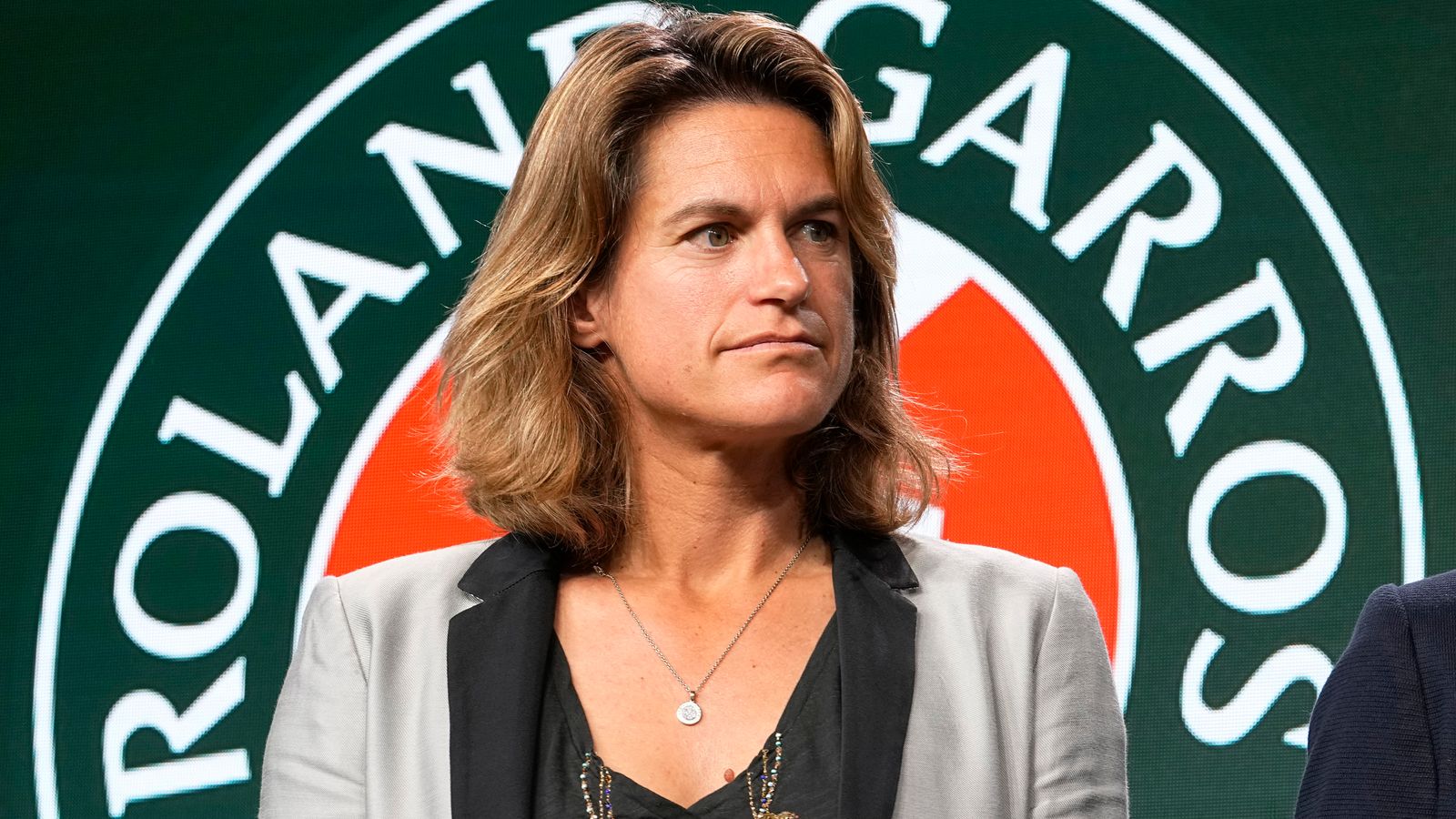Designer Roma Narsinghani’s jewels are studded with beads — emerald greens, ruby reds, and pearly whites. What makes them unique is that they are crafted from algae, an innovation by the U.S.-based material researcher Aradhita Parasrampuria. “Their eco-friendly nature and organic appeal have made them a core part of our approach and provide a unique texture to our designs, mimicking precious stones,” says the Delhi-based Narsinghani.

Roma Narsinghani x Cellsense (Aradhita Parasrampuria’s company)

Roma Narsinghani
For decades, the fashion industry’s trajectory has been marked by its over-reliance on synthetics and scarce or virgin natural resources. Global plastic production reportedly stood at over 450 million tonnes in 2023, of which fashion is said to consume a quarter or more. And varying reports suggest the industry is responsible for up to 10% of the world’s greenhouse emissions.
While natural fibres such as cotton, wool, or linen are widely regarded as alternatives, climate change is disrupting their production now. Moreover, these traditional staples can’t deliver the low-carbon future that fashion needs. So, a number of proprietary alternatives are positioning themselves as environmentally-conscious solutions.

A bag made with Cellsense’s algae beads
Fashion’s expanding material base
Material innovators are increasingly looking at bio materials to create new fibres. In April 2024, London-based material science company Fibe announced a textile fibre made from potato stems and leaves, while North Carolina-based startup Keel Labs has developed Kelsun, a fibre using biopolymer found in seaweed. There are alternatives for sequins and fur in development, too.
Bananatex is a plastic-free fabric made from Abacá banana fibre. Originally developed by Swiss bag brand Qwstion for its own products — in collaboration with a yarn specialist and a weaving partner in Taiwan — it is used by luxury labels such as Balenciaga and Stella McCartney. “We are constantly working on new developments, weights, constructions, finishes and ways of dyeing,” says Hannes Schoenegger, co-founder and CEO of Bananatex. Last year, Qwstion developed a lightweight jersey using the fibre. “We [also] invest quite some energy into knits, and there is going to be a Bananatex denim we will present later this year.”

Hannes Schoenegger

Balenciaga x Bananatex
Last November, environmental non-profit Canopy set up an India outpost, promoting next-gen fibres from agricultural roughage, waste textiles, microbial cellulose and food waste in textiles, as well as paper packaging. “Agricultural residue such as straw, or industrial food waste [like] tomato pulp or coconut water, discarded textiles — all these are currently treated as waste,” says founder and executive director Nicole Rycroft. “We are completing a trial with large brands and a Scandinavian technology innovator to use Indian straw and turn it into a man-made cellulosic alternative.”

Nicole Rycroft
Answers to leather
As common as leather remains in fashion’s product repertoire, the animal-derived material is notorious for its high carbon footprint — spanning deforestation and loss of biodiversity, chemical- and water-intensive processes, and inadequate waste management. While brands and companies are moving to more conscious processes, leather remains contentious.
Recently, however, leather alternatives have received great attention with success stories such as Mirum, a material crafted from natural rubber by U.S.-based Natural Fiber Welding, which has 50-plus collaborators, including BMW, Pangaia, Allbirds, and Anita Dongre.
Other examples include MycoWorks, which produces the mycelium-based Reishi; Desserto, crafted from cactus; and Piñatex, derived from pineapple. “The success of alternatives is determined by how well materials can replicate the look and finish of leather,” says Arundhati Kumar, a sustainability consultant.

Arundhati Kumar

A hat from MycoWorks, which produces the mycelium-based Reishi
Banofi is an alt-leather crafted from banana crop waste. “Currently, it is best suited for fashion accessories,” says founder Jinali Mody, adding that they are doing “further R&D to make a broad range of applications in footwear, automotives, interiors, and more”.
Not all bio-materials mimic leather, though they get categorised in the segment. Take, for instance, Malai, a coconut water-derived bacterial cellulose, produced by a Kochi-based company of the same name and introduced back in 2018. Zuzana Gombosova, material scientist and co-founder, says, “We have been seeing demand for materials that would be more reminiscent [with the touch and feel] of animal leather.” The brand, which won the Circular Design Challenge in 2020, works on catering to market demand, but its social media often clarifies: Malai isn’t leather “and that’s okay”.

Zuzana Gombosov
The Indian landscape
“India is extraordinarily well-positioned to be an early global leader, as a low-carbon material production hub,” says Rycroft of Canopy. The country’s growth curve on both retail and manufacturing makes it a promising business ecosystem. But, at the moment, lack of collaboration with mass retailers and bigger brands is limiting growth opportunities, especially for local makers.
“I’d expect big companies looking into sustainability to give space and visibility to brands like ours,” says Gombosova. “While we can’t produce on a mass scale, we can make limited editions.” Malai produces 200 sq. mt. of material per month. She adds that long periods of R&D can be contrary to investor expectations of ROI (returns on investment), which makes financial investments challenging to secure.

A bag from Malai
Mody highlights how it can also be difficult to educate people about the fact that “our material is made from plant-based ingredients” and assembled using a clean, sustainable process. Additionally, “balancing 100% sustainability with cost-effectiveness is challenging”. Costs for such materials are higher, with base prices at around ₹2,000 or more; in comparison, synthetics start at a few hundred rupees.

A bag from Piñatex, derived from pineapple
Solving the scalability challenge
The challenge isn’t limited to India though; material innovators everywhere have to cope with higher prices, time-consuming R&D, and greenwashing. Many plant-based materials also use synthetics to ensure durability and performance. Schoenegger considers such problems intrinsic to a transitional period. “The material world cannot change entirely in a few years, it will take some time.”

Sneakers from Mirum, a material crafted from natural rubber
The big goal for alternative materials is to move beyond the stages of prototype and small-scale production. Players such as Natural Fiber Welding, which produces a number of plastic-free materials besides Mirum, have managed to crack this code — a network of global partners, a 110,000 sq. ft. production facility, and working with existing supply chain and equipment sets in regional areas. If other materials can replicate such success, this goal may appear much closer.
The writer and editor is based in Delhi.
Published - May 29, 2025 10:01 pm IST

 1 day ago
1
1 day ago
1






















 English (US) ·
English (US) ·